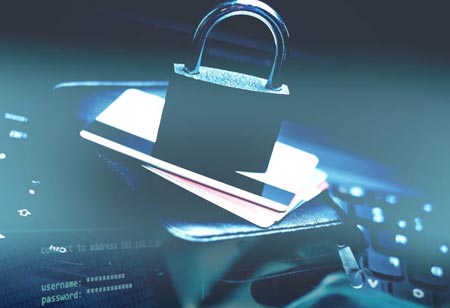THANK YOU FOR SUBSCRIBING
Be first to read the latest tech news, Industry Leader's Insights, and CIO interviews of medium and large enterprises exclusively from CFO Tech Outlook
THANK YOU FOR SUBSCRIBING

By
CFO Tech Outlook | Friday, February 04, 2022
Stay ahead of the industry with exclusive feature stories on the top companies, expert insights and the latest news delivered straight to your inbox. Subscribe today.
Many small businesses create and manage invoices manually using word documents or spreadsheets, but this process takes time. For example, a user may need to save the document as a template or save multiple documents on a desktop before sending an attachment via email
Fremont, CA: Small and medium-sized businesses make a significant contribution to an economy's growth. Despite limited resources and budgets, many businesses continue to struggle with their invoicing operations. Businesses have been forced to adapt to digital modernization, whether invoicing via spreadsheets and paper-based methods or struggling to optimize an invoicing software solution. Rapid digitization has only accelerated in recent years, posing a new set of invoicing challenges for small businesses.
Biggest Challenges Faced by Small Businesses
Manual Method Limitations
Many small businesses create and manage invoices manually using word documents or spreadsheets, but this process takes time. For example, a user may need to save the document as a template or save multiple documents on a desktop before sending an attachment via email.
Furthermore, manual methods limit the flexibility of payment systems. When a client makes a payment, the company must manually update the record, which takes time. On the contrary, using an invoicing system allows the company to connect to a payment gateway, which automatically updates the payment. This is why manual processes tend to kill efficiency and increase the possibility of errors.
Difficulty in Tracking Billable Time
Businesses must provide bills with the amount of time they have spent on services for actions such as timesheet invoicing and project invoicing. Unfortunately, keeping track of those hours and billing accurately can be difficult. What usually happens is that business owners underbill, which ends up costing the company a lot of money in the long run. On the other hand, some businesses will overbill, leaving customers feeling alienated and wanting to seek services elsewhere.
Keeping up Compliances
Keeping up with tax laws and the specific tax rules for each country, especially with new and changing compliances, can be difficult when businesses use manual invoicing processes or simply lack the resources. Utilizing invoicing software that automatically updates new tax slab percentages and other regulatory requirements will save small businesses a significant amount of time and keep them from incurring costly penalties from the government.
Businesses may become confused about where and how to streamline invoicing with so much to keep track of. The following are four steps that businesses can take to alleviate the burdens of invoicing costs and time and streamline invoicing in their operations.
Challenges in Payment Collection
When a past due payment, it can be difficult for business owners to remind their customers to pay. There is apprehension about straining customer relationships, which could lead to customer churn. Sadly, manual processes and paper-based methods do not support automated payment reminders, which eliminates awkward interactions.
I agree We use cookies on this website to enhance your user experience. By clicking any link on this page you are giving your consent for us to set cookies. More info

However, if you would like to share the information in this article, you may use the link below:
www.cfotechoutlookeurope.com/news/key-ways-to-streamline-invoicing-nid-1720.html



